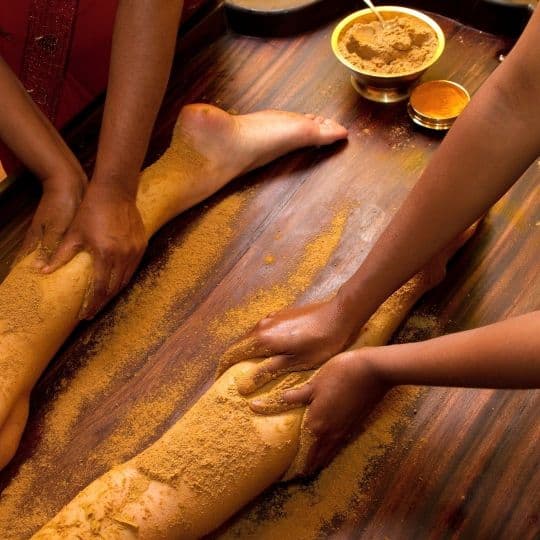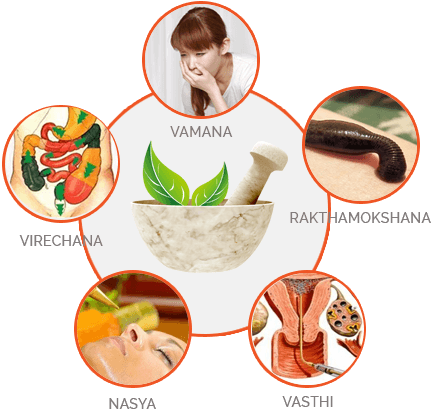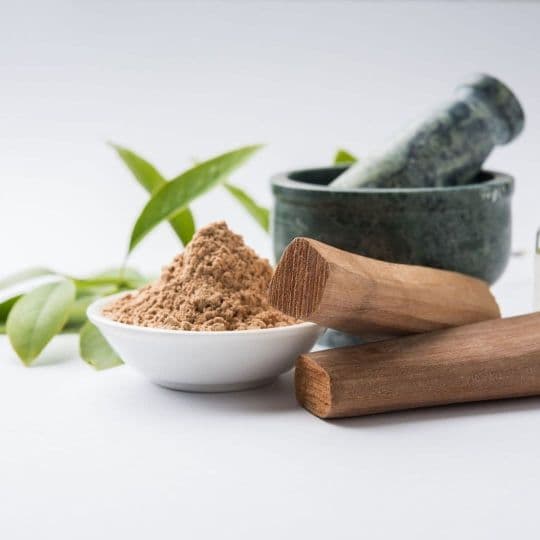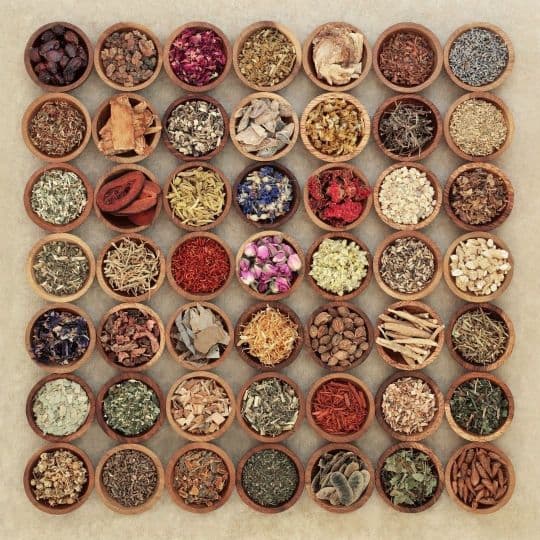We believe every interaction with our patients is an opportunity!

Introduction to Ayurveda
- Ayurveda is the science dealing with health and longevity, Ayur = Life ; Veda = Knowledge
- The earliest references to medical practices. health care and healing properties are found in Vedic literature that could possibly be dated to 50008C to 3000BC.
- According to Ayurveda health depends on the balanced state of all the bodily elements both quantitatively and qualitatively.
- Ayurveda is one of the Oldest Medical sciences which has managed to preserve its holistic character and treats the human body as a whole.
- Ayurveda proposes three Regimens for having good health –
- DINACHARYA — Daily healthy routine practices.
- RITUCHARYA — various precautions and activities to prepare body to withstand the different climatic problems.
- SADVRITTA — good social, personal and mental habits healthy living for

History of Ayurveda
The history and development of Ayurveda may conveniently be divided into 6 different periods.
- Pre Vedic period -before 2000 B.C,- traditional system of medicine was scattered among the tribal groups and was transferred to the next generation by word of mouth and tradition.
- Vedic period -Up to 60 century BC -Scattered knowledge was collectively recorded in manuscripts.
- Classical period -up to.6th century AD - Charaka and Sushruta two classical texts of Ayurveda were written in this period. Buddha dharma flourished to its Peak and influenced the decline of Surgery and propagation of physical medicine.
- Medieval Period 7th to 15th century AD -Ayurveda was suppressed by the entry of the Mughal many ayurvedic monks slaughtered during this period and many valuable manuscripts were destroyed and taken to different countries like Tibet and China.
- Modern Period 16th to 18th century AD - British invasion suppressed Ayurveda in order to propagate the western system.
- Post independence Era Ayurveda regained its lost' glory during this period. Banarus hindu university founded by famous freedom fighter and Gujarat Ayurveda University by the Governments after independence has regained Ayurveda’s lost glory.

Branches of Ayurveda
- Kaya chikitsa -practice of medicine.
- Shalya chikitsa -major surgery and midwifery
- Shalakya tantra -minor surgery including treatment of eyes, ears, nose, throat, teeth and jaws.
- Agada tantra -study of poisons, and its management.
- Bhutavidya -Treatment of mental diseases.
- Kaumara britya -pediatrics and gynecology.
- Rasyana chikitsa -study of the diseases of old age and herbal tonics.
- Vajikarana tantra -the science of sex including drugs, sexual hygiene and treatment of sexual diseases, and is a sciences of aphrodisiacs.

Sections of Ayurveda
- Sutra staana -on Ayurvedic origin, general principles, philosophy, theories.
- Nidana staana -on the causes and symptoms of diseases.
- Vimana staana -on the subjects including physiology, methodology, ethics.
- Shareera staana -on anatomy and embryology.
- Indriya staana -on prognosis
- Chikitsa staana -on therapeutics
- Kalpa staana -on pharmacy
- Siddhi staana -on purification methods.

Development of Ayurveda
Veda is the main source of all Indian philosophies.
- The 4 classical Vedas are Rigveda, Yajurveda Samaveda and the Atharvaveda.
- Ayurveda is as considered as the upaveda of the Atharvaveda
- Post-Vedic period originated two school of thoughts-school of medicine- Charaka Samhita & School of surgery— Susruta Samhita.
- In medieval period the third classical text of Ayurveda developed in 2 volumes -Ashtanga sangraha, Astanga hridaya.
- Astanga hridaya: is the text of choice for many modern Ayurvedic physicians because it is the condensation of the the essence of charka samhita and Susruta Samhita.
- During the period of Astanga hrudaya, in the South especially in KeraIa, Ayurveda underwent a tremendous research and development oriented change in the attitude and course. This newly developed style of Ayurveda, later on was known- as Kerala Ayurveda

Avurvedic Manuscripts
- Charaka samhita by charaka -deals with general medicine
- Sushruta samhita by sushruta -deals with surgical management
- Madhava Nidana by maithava -deals with pathology and Diagnosis
- Chakradatta by chakrapanidatta -on therapeutics
- Sharagadhara samhita by sharagadhara -on pharmaceutics
Basic Principles Of Ayurveda
The concept of Ayurveda is-all animate and in-animate things in this universe are composed of only 5 elements-the panchabhootas-
- Prithvi — Solid Matter
- Jala — Liquid Matter
- Agni — Heat or Fire
- Vayu = Air
- Akasa = Space

Tridosha Concept
Ayurveda is the complete system of medicine and health care known to mankind The concept of Ayurveda is-all animate and in-animate things in this universe are composed of only 5 elements-the panchabhootas-
- Prithvi — Solid Matter
- Jala — Liquid Matter
- Agni — Heat or Fires
- Vayu = Air
- Akasa = Space

Anatomy and physiology in Ayurveda
Ayurveda is the complete system of medicine and health care known to mankind The concept of Ayurveda is-all animate and in-animate things in this universe are composed of only 5 elements-the panchabhootas-
- Prithvi — Solid Matter
- Jala — Liquid Matter
- Agni — Heat or Fire
- Vayu = Air
- Akasa = Space

Panchakarma
Panchakarma is the most important health management technique to treat human body as a whole.
Shodhana chikitsa or panchakarma chikitsa is a procedure to cleanse the body system.
Five types of detoxifying methods are described in ayurveda which is called panchakarma.
- Vamana
- Virechana
- Nasya
- Kasaya vastiii
- Sneha vasthi

Shodhana Chikitsa
Shodhana chikitsa is done in three steps
- Poorva karma
- Pradhana karma
- pashchat karma
Poorva karma is the preparatory phase of a patient with
- snehapaana
- Swedana karma
Pradhana karma includes above five cleansing or detoxification procedures.
Paschat karma the post is management technique.
Poorvakarma
Snehapaana- traditional of way administering ghee, medicated oil in prescribed increasing Dosage patient. The Ghee or oil is selected according to the disease diagnosed.
This Procedure is meant to lubricate all big small channels of the body and to make way for vitiated doshas

Swedana Karma
Swedana or sudation therapy is therapeutic fomentation of the body using by various methods.
swedana is of different kinds and named according to technique the and medicines used.
This is a proceeded after snehapana except certain Skin diseases.
Types of Swedana
- Abhyangam
- Choornaswedam
- Patrapotala Swedam
- Pindaswedam
- Pizhichil
- Kayadhara
- Sirodhara
- Sirovasthy